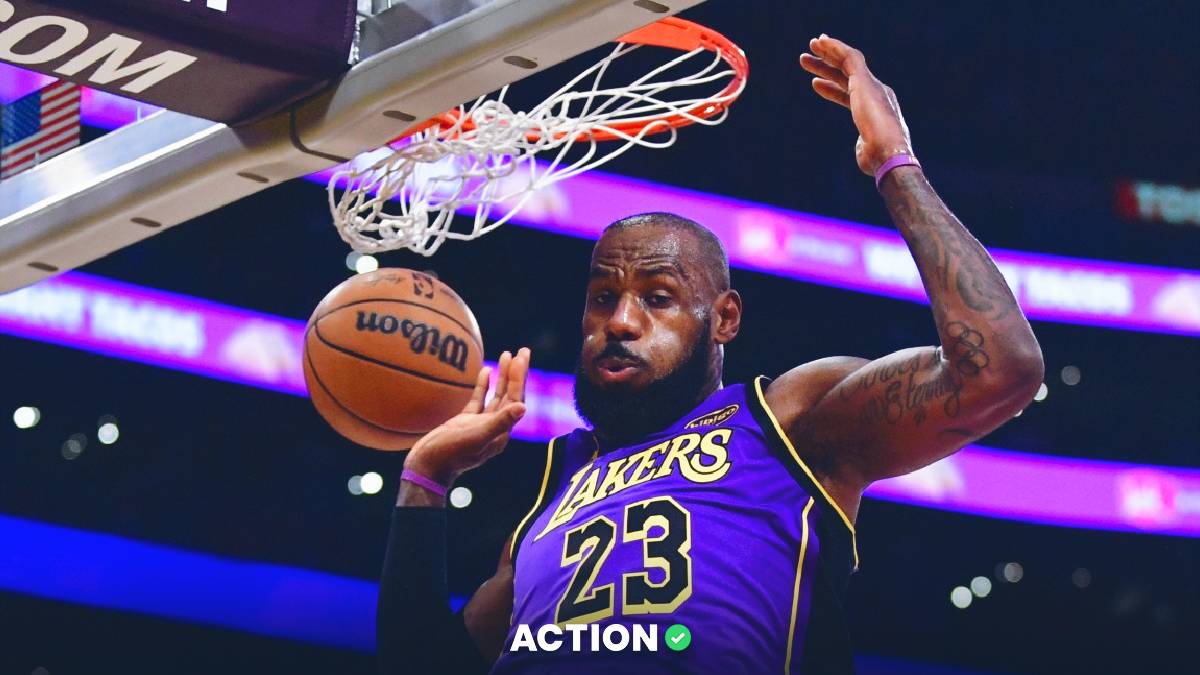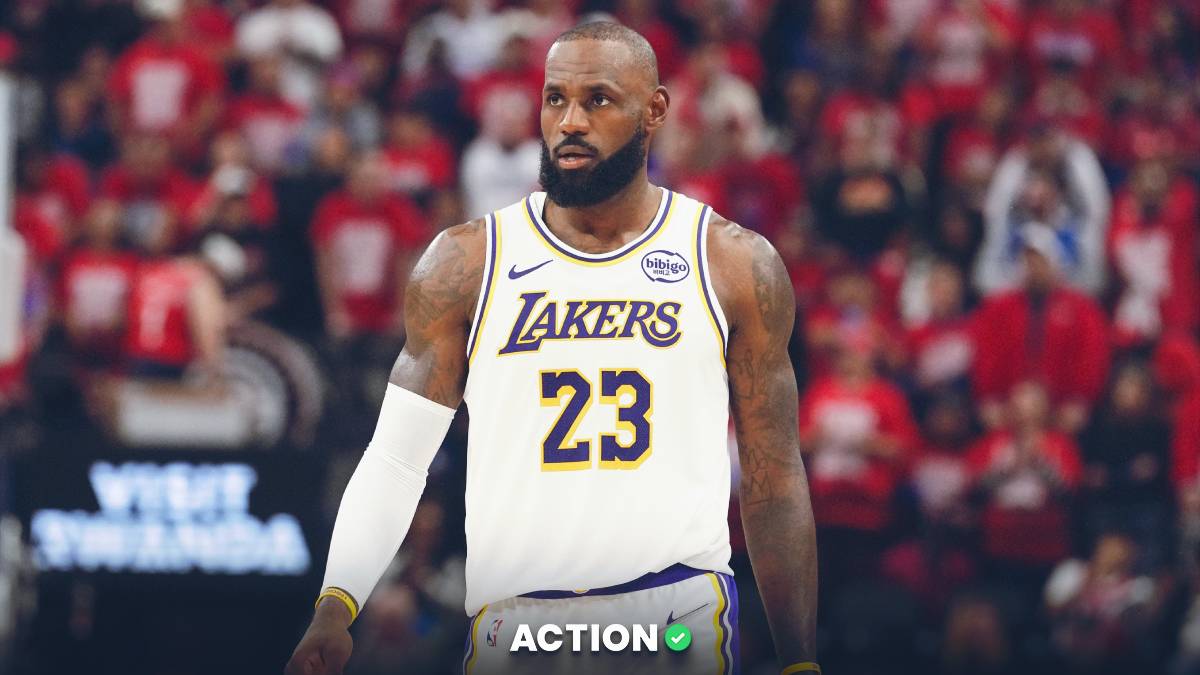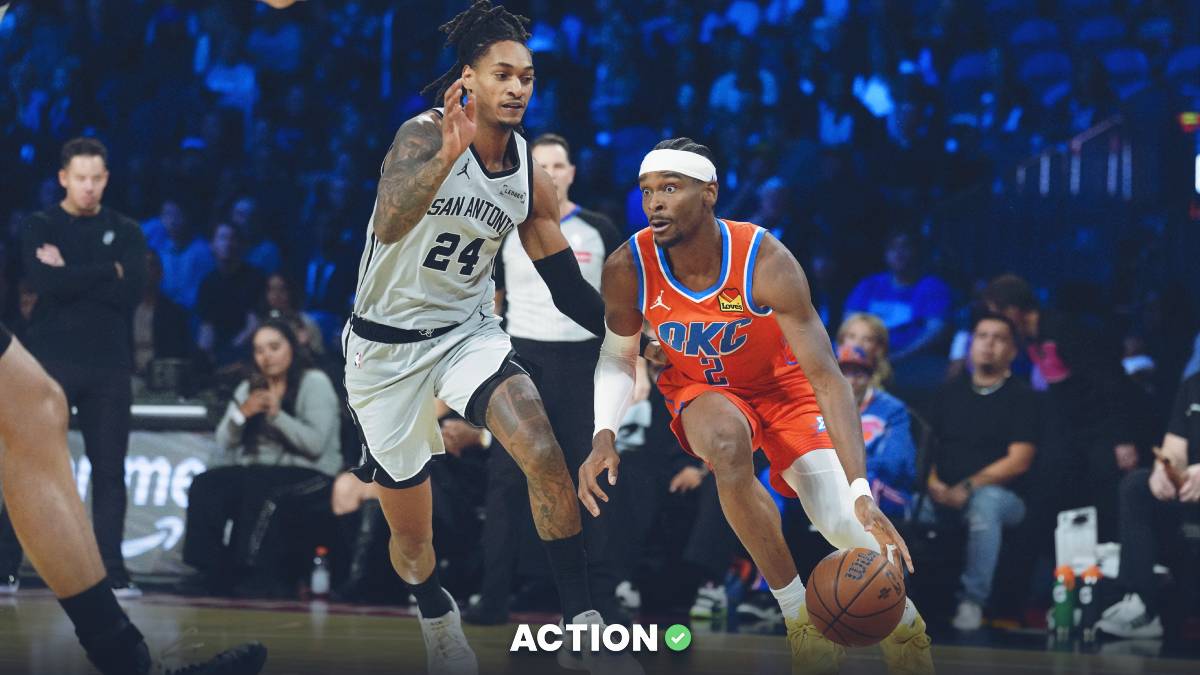Who asked for this?
It’s something I find myself asking in many facets of life. As a disciple of the ‘if it’s not broken, don’t fix it’ dojo, I cringe every time there is an iOS update waiting in the queue because we all know those are produced to slow down our phones to encourage buying the newer, more expensive one that can handle it. I feel the same way about self-driving cars and fried chicken ice cream.
But as Mark Cuban once said on Shark Tank: “Follow the green, not the dream.” Money can’t buy you happiness, but it can put a yacht next to it. This is likely the exact mindset motivating the NBA's reported pursuit of drastic changes to its regular-season scheduling, playoff format and additional mid-season “tournament,” according to a Saturday article by ESPN’s Adrian Wojnarowski.
Only the NBA can speak to the true motivation for considering scheduling changes, but news of lackluster national TV ratings, increased load management of superstars and a growing belief from mainstream sports fans that the NBA regular season “doesn’t matter” may be driving the conversation.
It’s a legitimate discussion since Turner Sports and ESPN pay a combined $24 billion to broadcast the NBA through 2025. That check is one of biggest drivers of BRI (basketball-related income), which the NBA Board of Governors and NBPA split nearly 50/50. Thus, anytime the league deliberates changes to the schedule — you understand now that the main purpose is to attract consumption of the product.
That mid-season tournament though…
Who asked for this?
You thought stars didn’t care about the regular season now? Just wait until they show up to the Moral Victory Cup presented by TikTok. This tournament conjures images of Mason Plumlee calling for isos 18 feet from the rim and launching the ball off the side of the backboard.
We saw how well that went at the FIBA World Cup in China this past summer, so it is hard for me to believe Commissioner Silver watched the Copa del Rey or FA Cup and thought, “hey, this is a fun idea, we should do this, too, in the spirit of competition.” Don’t kid yourself. This proposed event has one purpose and one purpose only: to make the league, governors and players more money.
So if this is going to be a thing, how can we make it work? Is there a way to get the players and fans to actually care? The answer is yes, and this is how it’s done…
Playoff Reseeding
Traditional Eastern and Western Conference qualification would be eliminated. The NBA playoff participants would be the teams with the 15 best records, no matter their division or conference affiliation.
In addition, Eastern and Western Conference brackets would be replaced with the NHL’s Stanley Cup Playoff strategy of reseeding teams every round based on record, but league-wide and not just conference-specific. The team with the best record in each round would face the team with the worst record, second-best would be opposed by the second-worst, and the rest of the field would fill out accordingly.
Single-Elimination 30-Team Tournament
Every NBA team participates. This structure would differ from what we see in European soccer, as G-League franchises would not be a part of the competition. The 30 teams are seeded based on regular-season record, with the top-two seeds receiving first-round byes.
Tournament Winner
The winner of the mid-season tournament would receive a first-round bye in the NBA playoffs no matter their record. At the end of the regular season, the tournament winner would be seeded into the second round based on their regular-season record.
For example: if the Lakers (league’s best record) win the tournament, they would be the No. 1 seed when the second round begins and would face the team with the worst remaining record. If the Golden State Warriors (league’s worst record) win the tournament, they would be the No. 8 seed when the second round begins and would face the team with the best remaining record.
66-Game Schedule
The NBA regular-season schedule would pivot from 82 total games to 66.
That’s a lot to comprehend, but what should be highlighted here is that while there are some specifics with which you don’t agree, everybody ultimately gets what they want.
The Fans
Contrary to common belief, not everybody roots for LeBron James and/or the Los Angeles Lakers. There are 29 other franchises in the NBA supported by large fanbases, many of which become inactive around the trade deadline if their team won't make the playoffs.
With a mid-season tournament that guarantees a playoff spot, those consumers may remain engaged later into the season. No matter how awful a team is or how bad the injury luck has been, this tournament would serve as a reason to keep playing hard, a reason to not tank and provide incentive to figure things out before the draft lottery and win.
As for the league’s elite teams, the intrigue of a first-round bye is irresistible. Even in a first-round series sweep, those four games take a physical toll on players. This would not only keep fans of the good teams motivated to watch, but it rewards teams that treat every regular-season game seriously even more.
You want to load manage the tournament? OK, you can play a first-round playoff series in April. You want to take your foot off the gas for a couple weeks during the regular season? That’s fine, you can pay that tab later when you find yourself reseeded against the best remaining team every round.
All of a sudden, the regular season matters.
The Players
Decreasing the amount of regular-season games is going to please the players. Would $1 million bonuses be more incentive for the players to care about a tournament than a first-round bye? That’s going to depend on which player you ask and their annual salary, but solely money prizes are not going to do anything for the fans or governors.
The big question with the proposed plan: Is a first-round bye too much of an advantage? What needs to be reiterated is that a team must play in and win 4-5 consecutive games depending on their seed. Those are 4-5 games that other teams don’t have to play. In the end, the players involved in the playoffs are ultimately participating in the same quantity — it’s just the format and schedule of these contests which is different.
The Board of Governors/NBA Front Office
Sixteen fewer regular-season games means less money collected from advertising, broadcast rights, ticket sales, concessions, parking and all the other BRI avenues dependent on quantity of games. Losing these profits will not please the NBA’s Board of Governors.
However, to preserve the long-term viability of the product and command the ludicrous broadcast fees they can demand from their network partners, something has to change. Losing pennies on the dollar now to secure bigger profits later may be a decision these owners are OK with.
If they agree and proceed with drastic changes to their scheduling and playoff structure, a meaningful mid-season tournament and more impactful regular season may make them more money after all.
Who asked for this?
Nobody, but just because the NBA has been hearing feedback for a long time now doesn’t mean they’ve been listening. That can all change with this simple solution to a significantly bigger problem.


















































